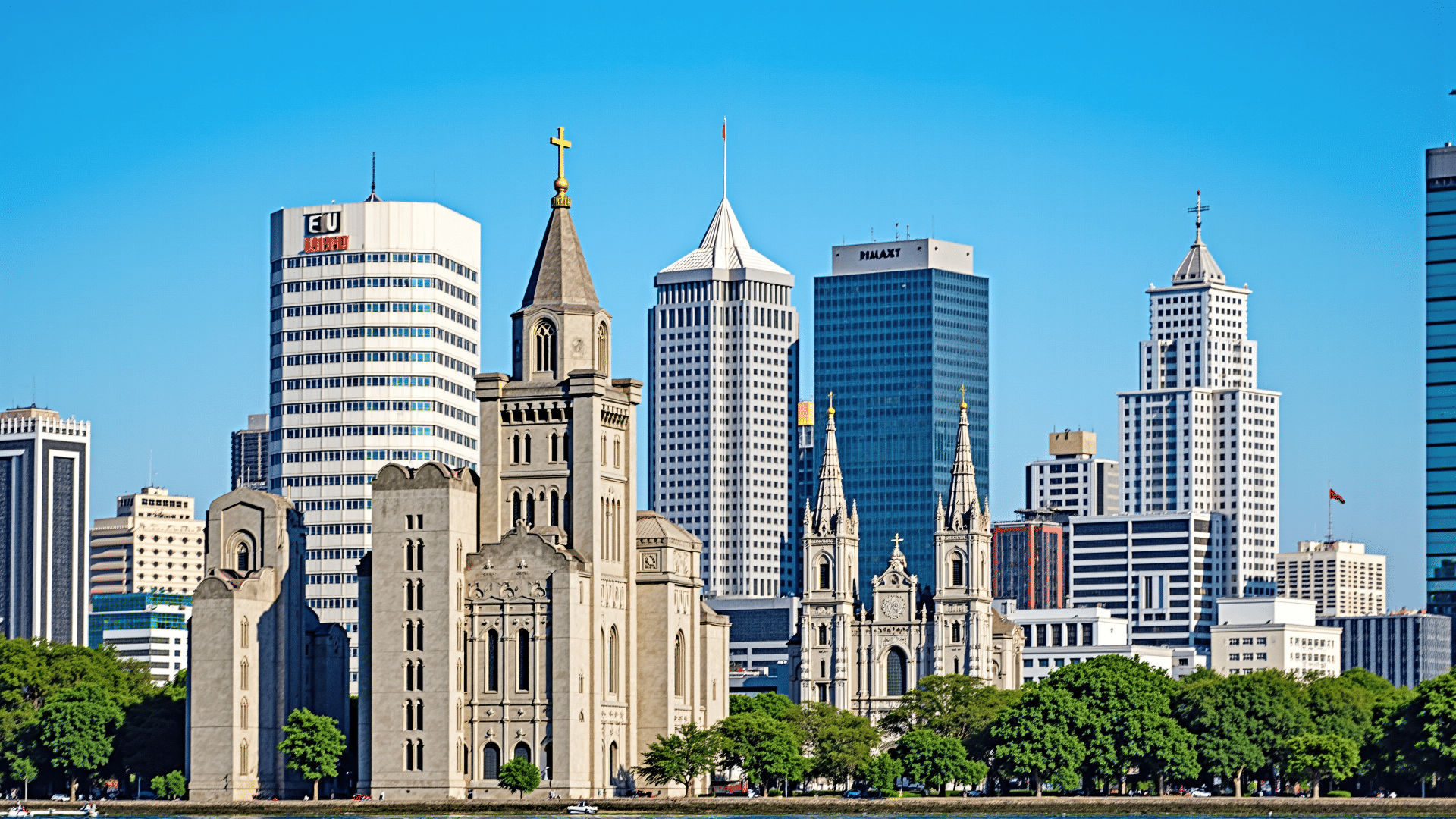Metro Manila, the bustling capital region of the Philippines, is a vibrant tapestry of architectural wonders that blend the storied past with innovative modernity. Each corner of this dynamic metropolis tells a tale steeped in cultural heritage and futuristic aspirations, offering a fascinating journey through its diverse structures.
One of the most iconic landmarks in Metro Manila is the San Agustin Church, nestled in the historical district of Intramuros. As a superb example of Baroque architecture, this UNESCO World Heritage site boasts soaring vaulted ceilings and intricate stone carvings that captivate visitors and reflect the rich colonial history of the area. Built in the 16th century, its resilient structure has weathered countless storms and the ravages of time, standing as a testament to the enduring legacy of the past.
Shifting from classic to contemporary, the skyscrapers of Bonifacio Global City (BGC) define the modern skyline of Metro Manila. These towering constructions exhibit sleek lines and avant-garde designs, symbolizing the metropolitan ambition of this thriving urban hub. Bonifacio High Street, in particular, blends green spaces with cutting-edge architecture, creating an inviting environment where commerce and creativity harmoniously coexist.
Within the heart of Makati City lies the Ayala Triangle Gardens, a unique fusion of urban and natural elements. This area features an array of towering edifices designed by renowned architects, each echoing a different design philosophy while maintaining a cohesive aesthetic. The lush greenery of the gardens complements the towering structures surrounding it, providing a serene escape amidst the urban hustle.
For those seeking a foray into avant-garde design, the Cultural Center of the Philippines Complex challenges convention with its Brutalist architecture. Constructed in the late 1960s, its bold geometric shapes and stark features stand in stark contrast to the organic landscapes around it. This groundbreaking design reflects a period of experimentation in Philippine architecture, illustrating a daring departure from traditional styles.
Further exemplifying modern innovation is the Zuellig Building in Makati, recognized for its sustainability and eco-friendly design. This office tower's glass façade minimizes energy consumption while maximizing natural light, distinguishing it as a pioneer in green architecture in Southeast Asia. Its commitment to environmental responsibility sets a new standard for future developments in the region.
Metro Manila's diverse architectural landscape is a celebration of creativity and history, blending various styles to form a cohesive narrative. From historic churches to futuristic skyscrapers, each structure embodies a unique chapter in the city's ongoing story. As Metro Manila continues to evolve, its architectural marvels remain a testament to the region's vibrant culture and enduring resilience.
